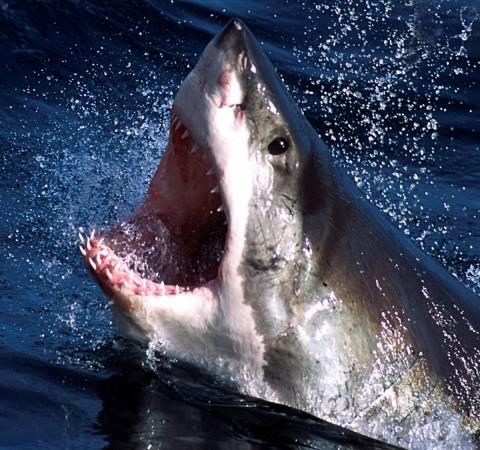
Great White Sharks, among the feared predators of the seas have been found to swim out to the middle of the Pacific Ocean in winter. A large section of deep, open seas attract hundreds of massive sharks and scientists were not entirely sure why this happens.
A study conducted by researchers of the Monterey Bay Aquarium Research Institute followed these creatures as they took a month-long swim out into the ocean. According to a report put out by the Institute, these sharks, known as the Northeastern Pacific Whites normally feed on elephant seals and like mammals along the Californian coast between August and December.
In December, these creatures start swimming out into the ocean. This point is about halfway to Hawaii, notes the report. Out here, they spend the entire winter and spring after which, they return to the coast. The spot that these large predators gather is a void, notes a report by LiveScience, it is something of an ocean desert. So why do they all go out there?

The researchers have dubbed this spot "White Shark Cafe", and after years of study and tracking several Great Whites, they discovered that this region is not as deserted as it first seemed. Lead researcher Barbara Block explained that initial results of this research, "...found a high diversity of deep sea fish and squids (over 100 species), which in combination with observations made by the ROV and DNA sequencing, demonstrate a viable trophic pathway to support large pelagic organisms such as sharks and tunas."
Although this part of the Pacific Ocean was once thought of as an "oceanic desert," the researchers report to have found layers of phytoplankton—microscopic marine algae—in the deep that were not readily visible in satellite images. Algae such as these, along with the larger animals observed like schools of fish and jellyfish, together seem like the lair is a lot more biologically productive than what the researchers expected, says the Institute.
The study inadvertently found that the desert was, in fact, an oasis, says Robison. "Our survey using a variety of oceanographic tools provides a benchmark on how to census the open ocean." It only goes to prove just how little is known about the deep seas and how much there is to learn.

















